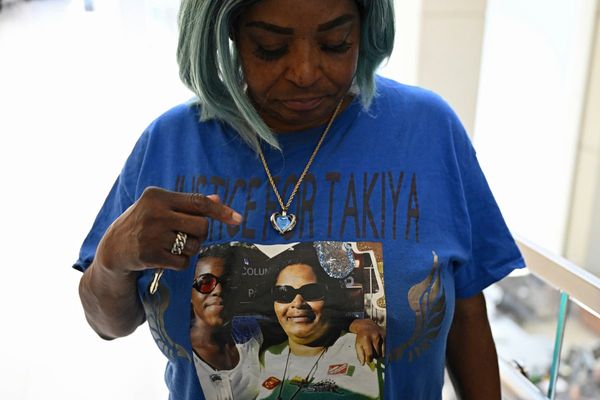/Tesla%20Car%20-7_OQMgoGzDw-unsplash.jpg)
Tesla (TSLA) has pulled back in recent weeks with the stock down 8.37% in the last month.
Today we’re looking at a broken wing butterfly trade that creates a profit zone between 220 and 240. Yesterday, the stock closed around 250.
A broken wing butterfly with puts is a butterfly spread with long put strikes that are not at the same distance from the short put strike.
A broken wing butterfly has more risk on one side of the spread than on the other.
You can also think of it as a butterfly with a “skipped strike”.
The trade is usually set up as a slightly bullish trade.
A broken wing butterfly with puts is usually created buying a put, selling two lower puts and buying one further out-of-the-money put.
An ideal setup of the trade is to create the broken wing butterfly for a net credit, in this way, there is no risk on the upside.
The main risk with the trade is a sharp move lower early in the trade.
TSLA Broken Wing Butterfly Example
On TSLA, a September 15 expiry broken wing butterfly could be set up through buying the 215 put, selling two of the 230 puts and buying the 240 put.
Here are the details of the trade as of yesterday’s close:
Buy 1 September 15, 215 put @ 2.90
Sell 2 September 15, 230 put @ 5.95
Buy 1 September 15, 240 put @ 8.95
Notice that the upper strike put is 10 points away from the middle put and the lower put is 15 points away.
This broken wing butterfly trade will result in a net debit of $15, which means that the most the trade can lose on the upside is $15.
The worst that can happen is all the puts expire worthless leaving the trader with a $15 loss which is 2.91% on capital at risk.
On the downside, the maximum loss can be calculated by taking the difference between the two widths (5) multiplied by 100, plus the premium paid.
That gives us 5 x 100 + 15 = $515
The maximum gain can be calculated as 10 x 100 - 15 = $985
The ideal scenario for the trade is that TSLA stays flat initially and then slowly drifts lower to close around 230 at expiration. The main expiration profit zone is between 220 and 240.
The trade starts with delta of 1, so has a very slight bullish bias to start, but that will flip to negative delta closer to expiry if TSLA is still above 240.
In terms of risk management, I would set a stop loss of 10% of the capital at risk, or if TSLA broke below 220.
This is what the trade looks like as of today:

You can see the main risk in the trade is a drop in price early on. The blue line is the profit and loss at expiration and the purple line is the T+0 line. T+0 just means “today”.
So, we don’t want the stock to get into the profit tent too early.
What about in one months’ time? How does the trade look then?

Looking pretty good between say 220 and 265.
Summary
This strategy should move fairly slowly unless there is a sharp drop in the stock price.
You can do this on other stocks as well but remember to start small until you understand a bit more about how this all works.
More bullish traders might consider a bull put spread or a cash secured put.
Mitigating Risk
With any option trade, it’s important to have a plan in place on how you will manage the trade if it moves against you.
A stop loss of 10% might make sense in this scenario. If TSLA is below 230 near expiry, there will be assignment risk
Please remember that options are risky, and investors can lose 100% of their investment.
This article is for education purposes only and not a trade recommendation. Remember to always do your own due diligence and consult your financial advisor before making any investment decisions.
More Stock Market News from Barchart
- Risky Business? Upwork (UPWK) Stock Could Still Be a Contrarian Investor's Dream
- Stocks Close Higher on Impressive Earnings Results
- The Best FAANG Stock to Buy After Earnings
- A Surging AI Stock That Wall Street Hates







